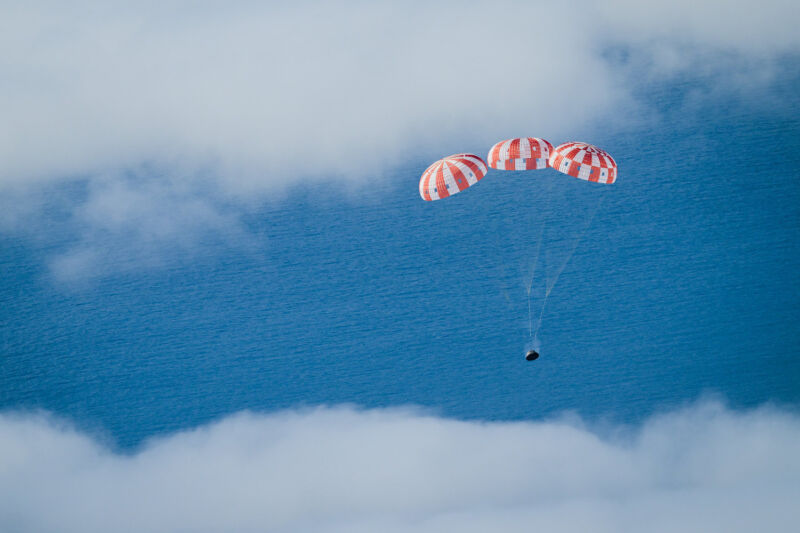-
Sl
chevron_right
Contact publication
pubsub.blastersklan.com / slashdot · Yesterday - 22:33 edit · 1 minute
This week Russia vetoed a UN resolution that proposed banning nuclear weapons in space, CNN reports. But it all happened "amid U.S. intelligence-backed concerns that Moscow is trying to develop a nuclear device capable of destroying satellites." In February, President Joe Biden confirmed the US has intelligence that Russia is developing a nuclear anti-satellite capability. Three sources familiar with the intelligence subsequently told CNN the weapon could destroy satellites by creating a massive energy wave when detonated... US Ambassador Linda Thomas-Greenfield said Wednesday's vote "marks a real missed opportunity to rebuild much-needed trust in existing arms control obligations." A US and Japan-drafted resolution had received cross-regional support from more than 60 member states. It intended to strengthen and uphold the global non-proliferation regime, including in outer space, and reaffirm the shared goal of maintaining outer space for peaceful purposes. It also called on UN member states not to develop nuclear weapons or other weapons of mass destruction designed to be placed in Earth's orbit.... Experts say this kind of weapon could have the potential to wipe out mega constellations of small satellites, like SpaceX's Starlink, which has been successfully used by Ukraine to counter Russian troops. This would almost certainly be "a last-ditch weapon" for Russia, the US official and other sources said — because it would do the same damage to whatever Russian satellites were also in the area. The article notes that in March Russian President Vladimir Putin "told officials that space projects, including the setup of a nuclear power unit in space, should be a priority and receive proper financing." Thanks to long-time Slashdot reader schwit1 for sharing the news.
Read more of this story at Slashdot.
Russia Vetoes U.N. Resolution On Nuclear Weapons In Space





